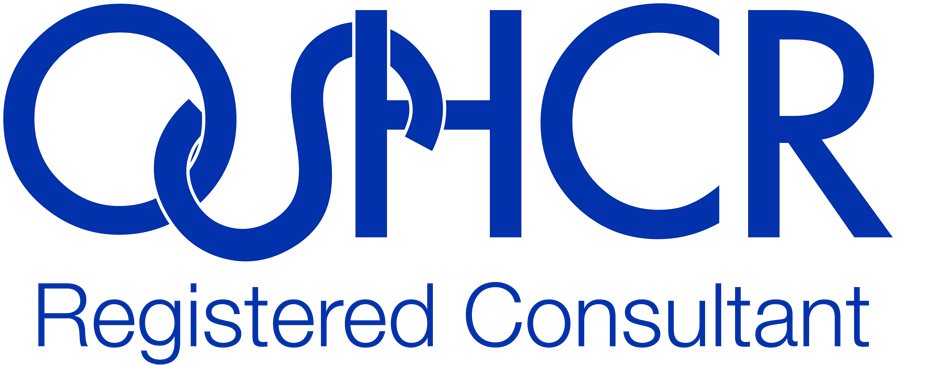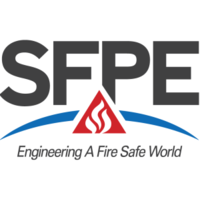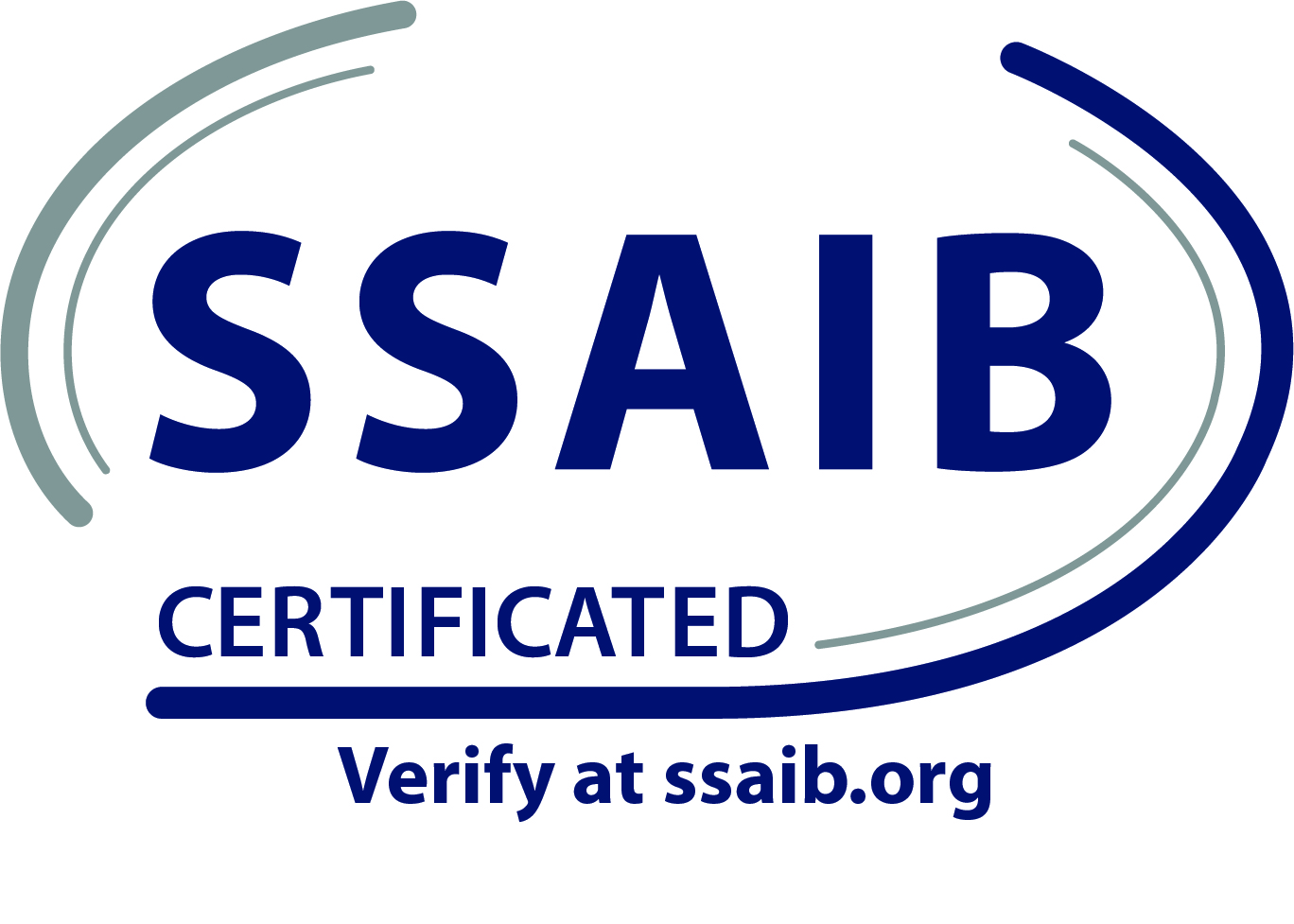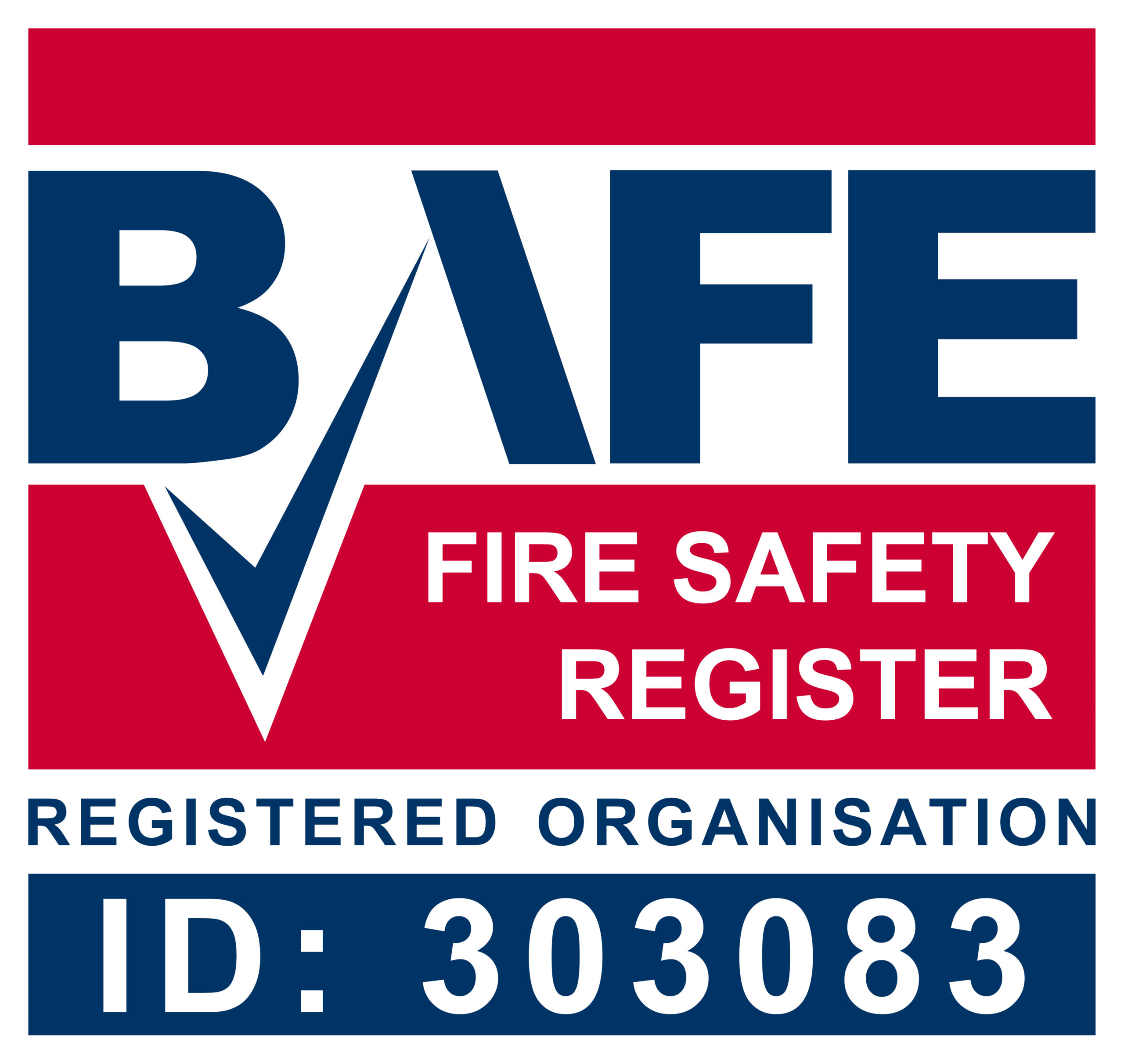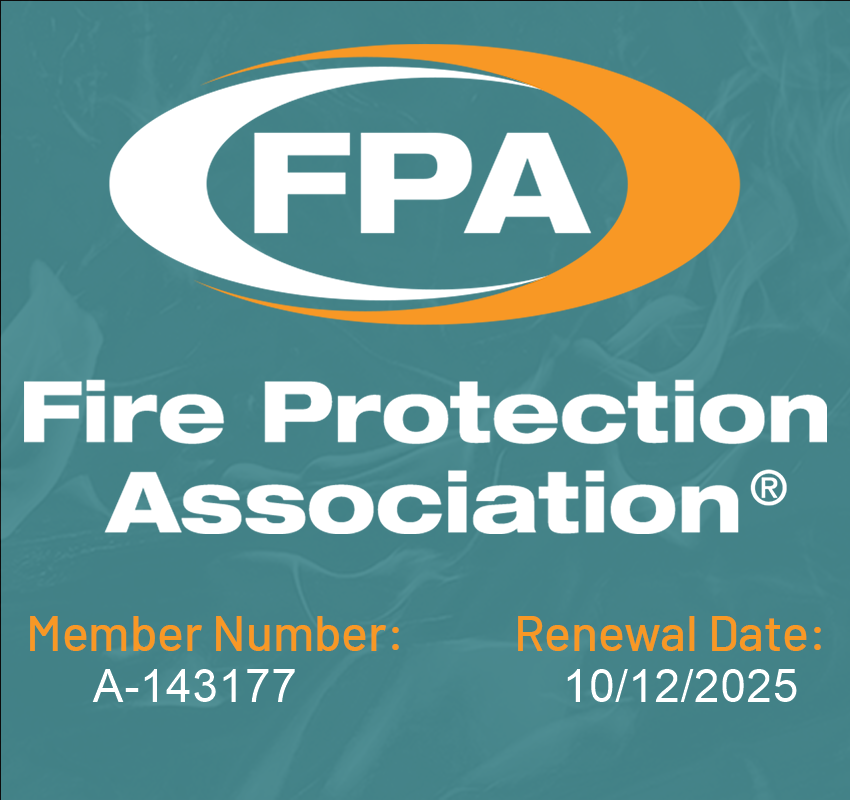Your Fire Safety Risk Assessment as a Landlord
As a landlord, you have set legal obligations for fire safety in your property, as you have the safety of residents and visitors to consider.
This blog post will share information about what a fire safety risk assessment is, how it is carried out and what steps are involved within the process.
What Is a Fire Risk Assessment?
A fire risk assessment is a legal requirement for any landlord. It helps identify any hazards and risks on your premise while determining the likelihood of a fire occurring. The overall aims of a fire risk assessment are to identify hazards and the associated fire risks, as mentioned, reduce the risk of fire and identify and implement physical fire precautions to ensure the safety of your residents and others.
How to Carry Out a Fire Risk Assessment?
If the fire risk assessment is beyond your competency then you will need to select and contract a competent fire risk assessor to undertake the assessment on your behalf. You will need to provide as much information as possible e.g. building plans, COSHH list, occupancy type, electrical checks etc…. If this information is not available the assessor will need to obtain as much information as possible on-site through the site survey and questions to the landlord.
Your local housing authority can advise you when it comes to the regulations that apply to your property.
Steps in a Fire Risk Assessment
There are five steps with a fire risk assessment, which are outlined below.
- 1. Identify the Fire Hazards
The first step in a fire risk assessment involves identifying how a fire may start. A fire requires three elements, which are, a source of ignition, fuel and oxygen, the latter is always available however we can control the fuel and ignition sources.
- 2. People at Risk
The next step involves identifying the people in and around the premises who may be at risk in the event of a fire. This list could include residents, visitors, construction workers etc. This stage should also identify where these people are likely to be found and what they are doing, especially if they are employees.
- 3. Evaluate
This part is the evaluate, remove, reduce and protect from risk stage, and revolves around evaluating the risk of a fire occurring and the risk to people. The evaluation also includes removing or reducing potential fire hazards and risks.
- 4. Record
Stage four is the recording of the data identified and making a plan in the event of an emergency. This stage also includes informing, instructing, and a training stage, where relevant parties understand what process to undergo during an emergency.
- 5. Review
The final stage includes the assessment being kept under review, and revisions are applied where necessary.

